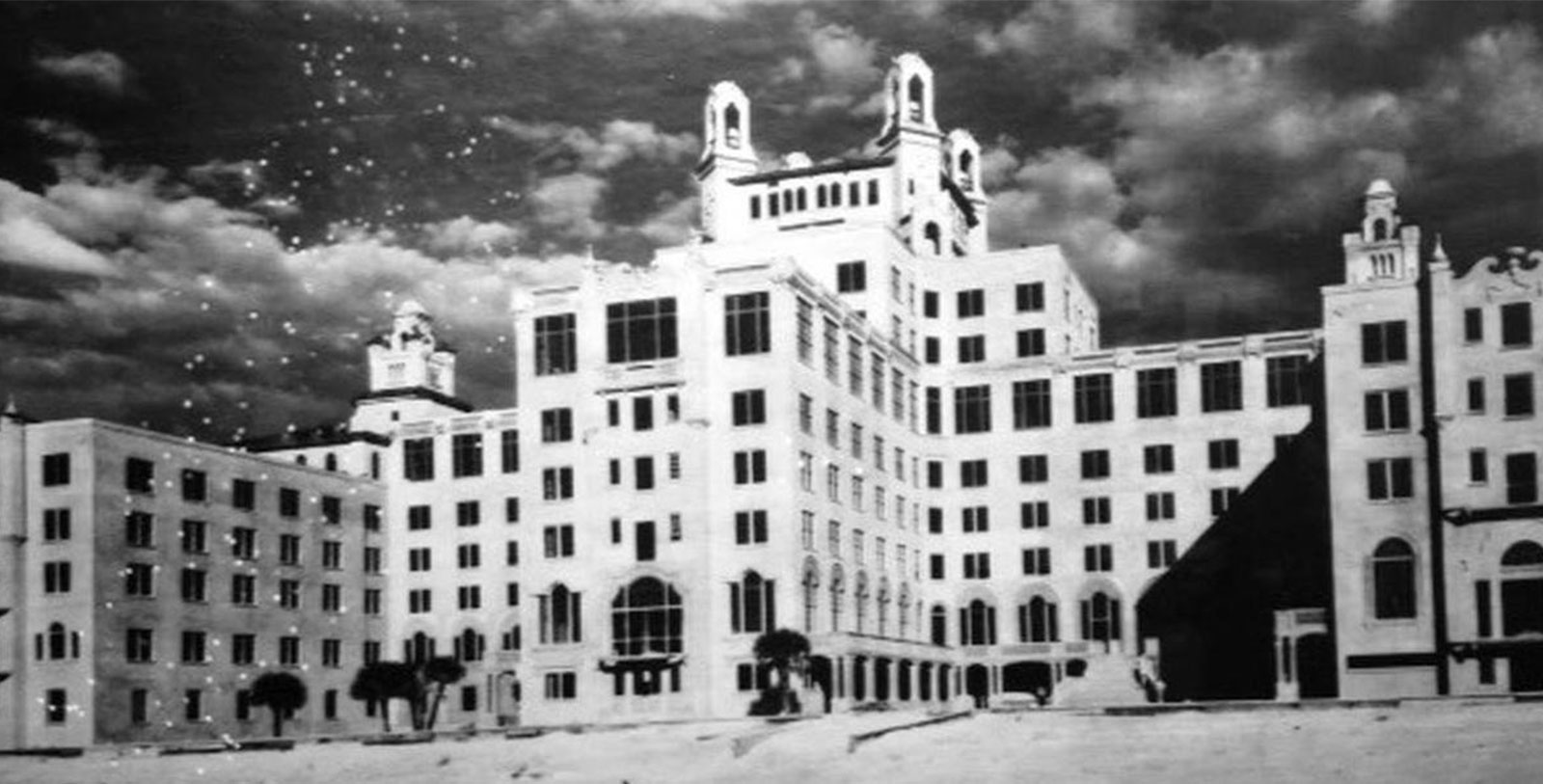Receive for Free - Discover & Explore eNewsletter monthly with advance notice of special offers, packages, and insider savings from 10% - 30% off Best Available Rates at selected hotels.
don cesar hotel history
Discover The Don CeSar Hotel's history. Affectionately known as The Pink Palace, this historic hotel in St. Petersburg, FL is situated on the white sands.
The Don CeSar, a chart member of Historic Hotels of America since 1989, dates back to 1928.
VIEW TIMELINEThe Don CeSar first debuted during the “Roaring Twenties,” in which flappers, the radio, and the Art Deco movement defined the age. Thomas Rowe migrated to Florida and purchased 80 acres of what is now St. Petersburg Beach in 1924. A year later, construction began on his dream project: the "Pink Palace." The historic Don CeSar, named for the chivalrous Don Ce-Sar in Vincent Wallace’s light opera Maritana, opened in 1928 and 300% over budget. It instantly attracted some of the era's biggest stars nevertheless, such as F. Scott Fitzgerald and Lou Gehrig. The New York Yankees signed a three-year spring training contract in 1931, helping the Don through the Great Depression. In 1942—two years after Rowe's sudden death—the U.S. Army seized the hotel and used it as a hospital throughout the duration of World War II. The Don entered its "golden age" toward the end of the war as an Air Force convalescent center. In 1945, the luxurious hotel interiors were stripped bare and painted "government green" as the Don endured its next incarnation as the regional office for the U.S. Department of Veteran's Affairs. By 1969, the historic hotel in St. Petersburg had severely deteriorated. The last of the federal offices abandoned the property and it remained derelict until the early 1970s, when William Bowman, Jr., purchased it for $460,000. The Don CeSar hotel reopened in 1973 (the name now sans the hyphen) after a $7.5-million restoration. Once again, the Pink Palace reigned on the Florida coast. In 2009, a million-dollar meeting space renovation was completed. In 2011, the signature restaurant, Maritana Grille, Lobby, Lobby Bar, and Sea Porch Restaurant were reimagined and revitalized. A multi-million-dollar guestroom renovation a year later, followed by a more thorough renovation in 2018.
-
About the Location +
Just a short drive from St. Petersburg, Florida, the community of St. Pete Beach is a fantastic holiday destination replete with warm beaches and tranquil waters. St. Pete Beach is a newer community, having been formed together from three smaller towns—Pass-a-Grille, Belle Vista, and St. Petersburg Beach—during the mid-20th century. Yet, the history of the surrounding area is much more significant. Renowned railroad magnate John C. Williams helped found the nearby City of St. Petersburg in 1888, although the first people of European descent to live in the area date as far back as 1542. St. Petersburg itself emerged as the main terminus for the Orange Belt Railway, eventually becoming an important economic hub of activity in central Florida by the middle of the 20th century. Legend has it that Williams and the city’s other co-founder—Peter Demens—flipped a coin to see who would have the right to name their new community. Demens won the toss and named it after St. Petersburg, Russia, where he had spent half of his childhood.
-
About the Architecture +
Hotelier Thomas Rowe purchased 80 acres of land for the sum of $100,000 along the shoreline near St. Petersburg, Florida. St. Petersburg—as well as most of the major cities throughout the state—had rapidly undergone a transformation into one of the most renowned holiday destinations in the United States. Seeking to capitalize upon this development, Row sought to construct a luxurious hotel that would resemble a “pink caste.” With a construction budget of $450,000, Rowe intended to manifest his pink palace as a six-story masterpiece with 110 luxurious guestrooms. That number was later expanded to account for 220 rooms, which sent the project over its budget by 300%. In 1924, He hired the renowned architect Henry H. DuPont to actualize his dream and employed Carlton Beard as the lead contractor. Over the next four years, DuPont and Brown constructed one of the finest beachside getaways in the country. The two men brilliantly combined elements of Moorish and Mediterranean style architecture into The Don Cesar’s structure, having used hotels based in Palm Beach and Boca Raton as a template. The “Pink Palace” as many soon called the hotel adored it for its trademark red-clay tile roofing, arched openings, and tiered balconies. Its most famous architectural feature is its stucco Belgian concreate exterior that DuPont and Brown painted in bright pink. Another striking structure component to The Don CeSar is that it is built upon a massive floating concrete pad and pyramid footings. Rowe, DuPont, and Beard all worried that their magnificent hotel would sink into the sand within a matter of years. Beard ingeniously devised the foundation, which has worked amazingly well over the last century. To this day, there is no sign that the hotel has settled from its original elevation.
-
Famous Historic Guests +
F. Scott Fitzgerald, renowned author known best for writing The Great Gatsby.
Al Capone, legendary mob boss of the Chicago Outfit known as “Scarface.”
Lou Gehrig, Hall of Fame First Basemen for the New York Yankees.
Franklin Delano Roosevelt, 32nd President of the United States (1933 – 1945)
Gerald Ford, 38th President of the United States (1974 – 1977)
Jimmy Carter, 39th President of the United States (1977 – 1981)
George H.W. Bush, 41st President of the United States (1989 – 1993)
Bill Clinton, 42nd President of the United States (1993 – 2001)
George W. Bush, 43rd President of the United States (2001 – 2009)
Barack Obama, 44th President of the United States (2009 – 2017)
-
Film, TV and Media Connections +
Health (1980)
Once Upon a Time in America (1984)
Forever Mine (1993)
The Infiltrator (2016)


































